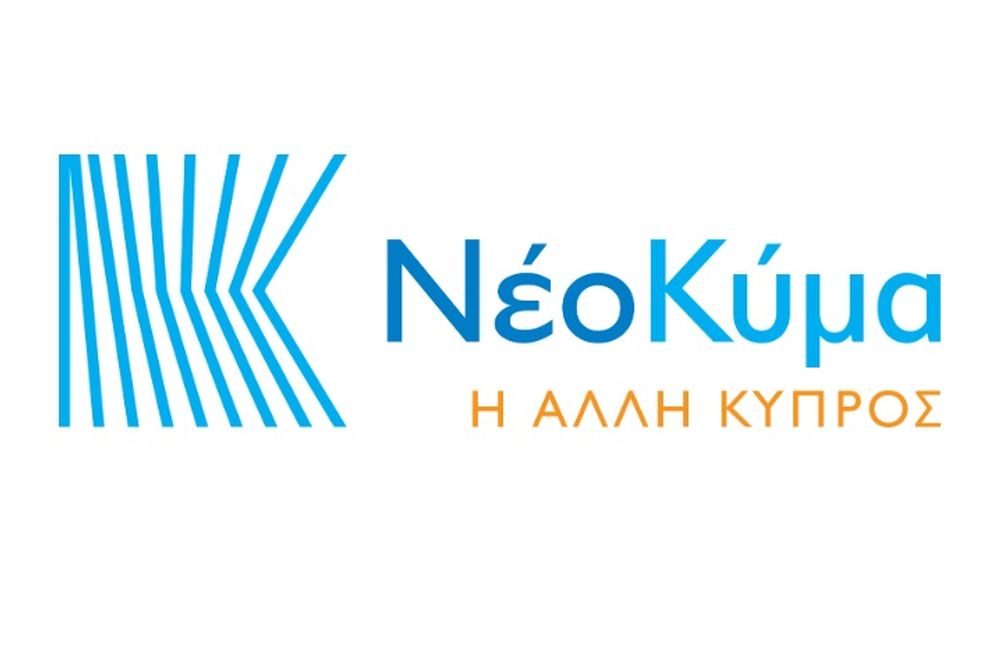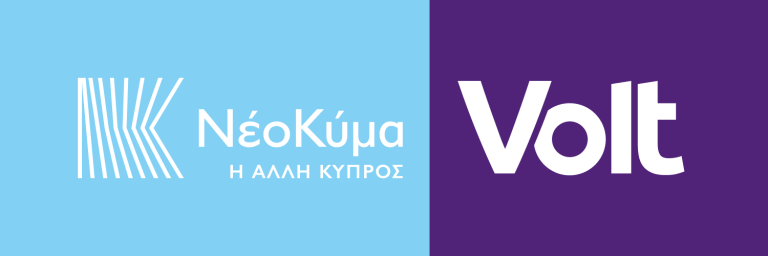
Economic growth without innovation is hard to imagine. The ultimate source of productivity increases is innovation. About two-thirds of Europe’s economic growth over the last decades has been driven by innovation. Each Euro invested in cutting-edge innovation through Horizon 2020 and Horizon Europe Programs can return 11 Euro to the real economy. Innovation is also the best ‘antidote’ to an economic crisis.
Recessions constitute a “filtering mechanism” for Startups, weeding out the weak and ensuring only the strong survive. Companies such as Microsoft, General Electric, FedEx, Revlon, Hyatt, IBM, Airbnb and Uber are some high-profile examples of businesses that were born in, or close to, an economic crash. Innovation and opportunity recognition are more relevant as success factors during periods of recession than during periods of prosperity. New customer needs create opportunities for innovation.
The new coronavirus has unleashed a massive economic shock on the world – the biggest economic shock since World War II. And it isn’t just an economic shock: it is a shock to customer behaviors and business models too. Most companies will be very vulnerable to the economic fallout of extended public –and employee–isolation measures.
Nassim Nicholas Taleb defines a Black Swan as an event with the following three attributes: rarity, extreme impact, and retrospective (though not prospective) predictability. There are positive Black Swans (opportunities) and negative Black Swans (threats) with catastrophic consequences. Black Swan events, such as economic recessions and pandemics, change the trajectory of governments, economies and businesses – altering the course of history. A recession usually brings about an acceleration in business model change.
Covid-19 will fuel the next wave of innovation focused on resilience. Post-Covid-19 innovation trends include: 1. Supply chains will merge into resilient ecosystems. 2. Business to Consumer e-commerce (especially door-to-door models). 3. Business to Business e-commerce. 4. Increase in digital channels. 5. Remote meeting services and remote working. 6. Digital / Smart Governments will become mainstream. 7. Online education. 8. Social media. 9. Hygiene products. 10. Health insurance. 11. Transformation in health care delivery.
By definition, crises have a highly dynamic trajectory, which requires speed, agility and a constant reframing of mental models and plans. The core concept –based on military command principles– is to create an organization that can observe, orient, decide and act faster than the rate at which the environment evolves.
As the coronavirus crisis unfolds, decision makers need to examine and be prepared for all possible scenarios depending upon: a) The likely paths for the spread of the virus and the public health response, and b) the potential levels of effectiveness for governmental economic response.
Many leaders currently expect one of the more positive scenarios to materialize, where the spread is eventually controlled, and catastrophic structural economic damage is avoided. In this case strong public health response succeeds in controlling spread in each country within 2–3 months and effective government economic policies lead to recovery to pre-crisis fundamentals and momentum. Speed and strength of recovery will depend on whether policy moves can mitigate self-reinforcing recessionary dynamics (e.g. corporate defaults, credit crunch). But other, more extreme scenarios can also be conceived.
One cannot exclude the possibility of a “Black Swan of Black Swans,” with structural damage to the economy, caused by a year-long spread of the virus until a vaccine is widely available, combined with lack of policy response to prevent widescale bankruptcies, unemployment, and a financial crisis. With the number of new cases expanding exponentially in many countries in Europe and in the United States, such more extreme scenarios cannot be excluded.
In his book The Black Swan – the Impact of the Highly ImprobableTaleb notes that “The modern world, being Exremistan, is dominated by rare –very rare– events […] Furthermore, the sources of Black Swans today have multiplied beyond measurability […] Plans fail because of what we have called tunneling, the neglect of sources of uncertainty outside the plan itself.” Complexity implies Extremistan – an environment that can deliver large events. Complexity plus asymmetry leads to explosive errors.
In such an asymmetric environment, Covid-19 could mutate quickly into a “Black Sawn of Black Swans”: Pandemic escalation and prolonged downturn without economic recovery. This worst-case scenario involves:
– Broad failure of public-health interventions. Public-health response fails to control the spread of the virus for an extended period of time (e.g. until vaccines are available).
– Ineffective interventions to foster economic recovery. Self-reinforcing recession dynamics kick in; widespread bankruptcies and credit defaults; potential banking crisis.
The DNA of Resilient Innovation
Efficiency reigns in a stable world with no surprises, but the key goal in managing dynamic and unpredictable challenges is resilience – the ability to survive and thrive through unpredictable, changing, and potentially unfavorable events. The Covid-19 crisis will change the way public sector and businesses innovate. Resilience, robustness and antifragility should be standard features, built-in properties in the architectural design of brands, startups, large corporations, financial systems, communities, public policies and crisis management plans.
Covid-19 unleashed the winds of Aeolus to trigger severe economic, financial, political, and geopolitical disturbances. The static tools developed for the linear environments of the past cannot tackle such asymmetric threats. We need new dynamic tools to harness these devastating winds and help organizations innovate under conditions of extreme uncertainty. We need flexible, multipurpose strategic tools and cross-disciplinary approaches.
As Taleb notes in his book Antifragile, Things that Gain From Disorder“An option is what makes you antifragile and allows you to benefit from the positive side of uncertainty, without a corresponding serious harm from the negative side […] Let us call trial and error tinkering when it presents small errors and large gains […] The antifragile needs to select what’s best – the best option […] Trial and error… is not really random, rather, thanks to optionality, it requires some rationality. One needs to be intelligent in recognizing the favorable outcome and knowing what to disregard […] We can, from the trial that fails to deliver, figure out progressively where to go […] Innovation is precisely something that gains from uncertainty: and some people sit around waiting for uncertainty and using it as raw material, just like our ancestral hunters […] When someone has more upside than downside in a certain situation, he is antifragile and tends to gain from volatility, randomness, errors, uncertainty, stressors and time. And the reverse.”
Global uncertainty around the coronavirus has surged to a record high. Innovation loves adventure, uncertainty and risk.
Taleb presents the barbell (or bimodal) strategy as a way to achieve antifragility: “I initially used the image of the barbell to describe a dual attitude of playing it safe in some areas (robust to negative Black Swans) and taking a lot of small risks in others (open to positive Black Swans), hence achieving antifragility […] But the barbell also results, because of its construction, in the reduction of downside risk – the elimination of the risk of ruin […] For antifragility is the combination of aggressiveness plus paranoia – clip your downside, protect yourself from extreme harm, and let the upside, the positive Black Swans, take care of itself”.
In his latest book Skin in the Game: Hidden Asymmetries in Daily Life Taleb builds the link between antifragility and innovation “I make the case for risk loving, for systematic ‘convex’ tinkering, and for taking a lot of risks that don’t have tail risks but offer tail benefits […] I have shown in Antifragile that making some types of errors is the most rational thing to do, when the errors are of little cost, as they lead to discoveries. For instance, most medical ‘discoveries’ are accidental to something else.”
Responding to these multiple challenges and after many years of research, I developed a new Innovation Model which:
1. Follows a more holistic, polyparametric approach that expands creativity and deepens strategy in the innovation process. This pioneering method involves the best configuration of critical factors, attributes and distinctive capabilities from the four basic types of innovation: product, process, organizational and marketing. The combinatorial property improves the chances of achieving more breakthrough innovations. The number of combinations of interacting elements increases exponentially with the number of elements, leading to a sudden increase in the detection of hidden opportunities.
2. Uses, among others, Metaphor as a creative mechanism for increasing the transferabilityof innovation outcomes to different contexts and domains. The genius of Metaphorlies in transcending the limits, the categories and the species, through the unexpected discovery of hidden similarities. A Metaphor is a kind of map; it may be all you have when you are first encountering a new territory shrouded in mist.
3. Constitutes the first tool –on a global basis– for harnessing Antifragility. This involves a bimodal strategy which helps organizations create innovations that exploit positive Black Swans (produce exponential / multiplicative results) and avoid negative Black Swans (mitigate risk, increase resilience and robustness). The structure of a resilient innovation allows it to modify its exposure accordingly: maximize exposure to positive asymmetries (opportunities) and minimize exposure to negative asymmetries (dangers).
4. Can be characterized as the «Swiss Army Knife» for Innovation – it can be applied in practically all domains and at all levels, scales and sizes: scientific research (turns Big Data into useful intelligence), startups, large corporations, crisis management, public sector and local government reform, circular economy and the new EU Research and Innovation Program Horizon Europe 2021–2027.
5. Maximizes the scientific, social and economic impact of innovation.
6. Can help International Organizations like the World Bank, the International Monetary Fund, the OECD and the World Health Organization develop more resilient and sustainable solutions.
7. Is presented analytically in a 150-page practical Guide I have prepared.
In summary: The new Innovation Paradigm outlined very briefly above can: a) Help governments, business and research centers create more and better innovations and b) accelerate economic recovery from the coronavirus-triggered recession.
*Nicos G. Sykas
Strategy, Communications & Innovation Consultant


